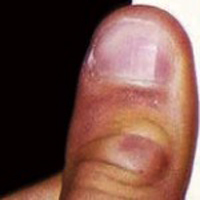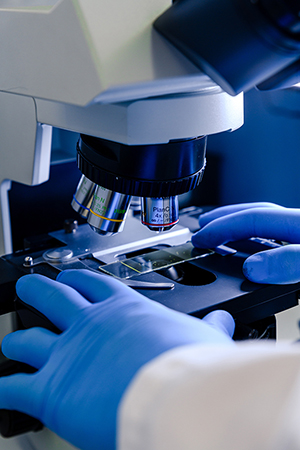Successful treatment of idiopathic knuckle pads with a combination of high-dose salicylic acid and urea topical keratolytics: A case report

Accepted: 11 February 2021
Supplementary File 1: 197
Supplementary File 2: 174
HTML: 3456
All claims expressed in this article are solely those of the authors and do not necessarily represent those of their affiliated organizations, or those of the publisher, the editors and the reviewers. Any product that may be evaluated in this article or claim that may be made by its manufacturer is not guaranteed or endorsed by the publisher.
Knuckle pads are benign subcutaneous and usually hyperkeratotic fibromas for which no specific treatments exist. Unspecific treatments are, most of the time, ineffective and a wait-and-see policy is often recommended to patients. However, especially in adolescents, knuckle pads are often poorly tolerated for cosmetic reasons, potentially causing embarrassment and social anxiety. Here we present the case of a young adult successfully treated with a combination of high-dose salicylic acid and urea topical keratolytics. In addition, we provide ideal diagnostic images obtained via high-resolution ultrasonography and histological features that can be used by medical practitioners to better distinguish knuckle pads from other proximal interphalangeal/ metacarpophalangeal joint diseases as also from other diseases inducing swelling of periarticular soft tissues.
2. Tamborrini G, Gengenbacher M, Bianchi S. Knuckle pads – a rare finding. J Ultrason 2012;12:493-498.
3. Hasbún C, Sandoval M, Curi M. A novel treatment for idiopathic knuckle pads with cantharidin-podophylotoxin-salicylic acid. Pediatr Dermatol 2019;36:544-545.
4. De Keersmaeker A, Vanhoenacker F. Imaging Features of Knuckle Pads. J Belgian Soc Radiol 2016;100:1-2.
5. Weiss E, Amini S. A novel treatment for knuckle pads with intralesional Fluorouracil. Arch Dermatol 2007;143:1458-1460.
6. Caroli A, Zanasi S, Marcuzzi A, et al. Epidemiological and structural findings supporting the fibromatous origin of dorsal knuckle pads. J Hand Surg Br 1991;16:258-262.
7. Paller AS, Hebert AA. Knuckle pads in children. Am J Dis Child 1986;140:915-917.
8. Christen-Zaech S, Chamlin SL. An 11-year-old girl with knuckle plaques. Knuckle pads. Pediatr Ann 2007;36:459-460.
9. Barcaui EO, Carvalho A, Lopes F, et al. High frequency ultrasound with color Doppler in dermatology. An Bras Dermatol 2016;91:262-27.
10. Lopez-Ben R, Dehghanpisheh K, Chatham WW, et al. Ultrasound appearance of knuckle pads. Skeletal Radiol 2006;35:823-827.
11. Chiriac A, Brzezinski P, Foia L, et al. Knuckle Pads – Practical Diagnostic Issues. J Interdiscip Med 2017;2:171-174.
12. Esteban-Garrido E, Hernàndez-Nùñez A, Echevarría García B, et al. Ultrasound appareance of a sucking knuckle pad. An update. Eur J Pediatr Dermatology 2019;20-2.
PAGEPress has chosen to apply the Creative Commons Attribution NonCommercial 4.0 International License (CC BY-NC 4.0) to all manuscripts to be published.





 https://doi.org/10.4081/dr.2021.9072
https://doi.org/10.4081/dr.2021.9072




